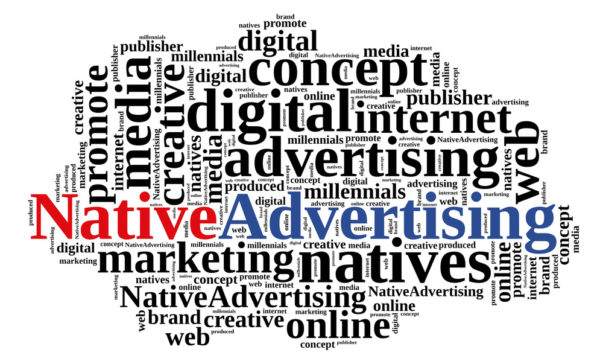Consumers have become increasingly adept at either ignoring or electronically blocking advertisements from their screens. To battle this trend, “Native Advertising” was created to grasp the readers’ attention. This is the practice of crafting a SEM (search engine marketing) advertisement to look specifically like the content already on a site.
This advertisement is often added into a news feed, blending in with the endless stream of stories from that day’s events. In this way, the advertisement tries to slip past the reader’s defenses, in the area of the web page readers often see as reserved for “real news content”.
This type of advertising is dressing a paid advertisement in the “clothing of content”. Often you will see this if you read a newsfeed, such as Yahoo! News. In their newsfeed, you’ll see a long line of stories. Interspersed with the news articles, there will be great articles and content pieces, with interesting headlines and eye-catching images. All look like original content, but state that they are “promoted by” or “sponsored by” a particular company. This is the separation between sponsored advertising content and news content.
Mashable promoted an article touching on summer music playlists created by a new upcoming pop group.
For those interested in that pop group or in music, in general, this would probably look worthy of reading. Compare this article to an advertisement that interrupts your browsing experience by flashing on the side of your screen or that makes you click out into another window. The native ad experience is executed by “cloaked choice”, not by force.
While native advertising is a popular option, it does have it’s setbacks. Traditionally, news articles are not directly sponsored by an advertisement. However, the ads do often closely surround the news. There is a level of trust that goes into visiting a website and reading content that you believe has been placed there by journalists. These are reporters who value your readership.
If that relationship is tainted by paid advertising, it can taint that brand, but more importantly, it could damage the trust the consumer has for that site. The site must balance the funds raised by the advertisement against the cost of the consumer’s trust.


